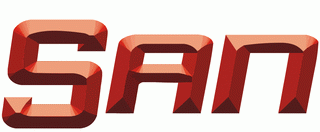Apache Cordova is a set of device APIs that allow a mobile app developer to access native device function such as the camera or accelerometer from JavaScript. Combined with a UI framework such as jQuery Mobile or Dojo Mobile or Sencha Touch, this allows a smartphone app to be developed with just HTML, CSS, and JavaScript.
When using the Cordova APIs, an app can be built without any native code (Java, Objective-C, etc) from the app developer. Instead, web technologies are used, and they are hosted in the app itself locally (generally not on a remote http server).
And because these JavaScript APIs are consistent across multiple device platforms and built on web standards, the app should be portable to other device platforms with minimal to no changes.
Apps using Cordova are still packaged as apps using the platform SDKs, and can be made available for installation from each device's app store.
Cordova provides a set of uniform JavaScript libraries that can be invoked, with device-specific native backing code for those JavaScript libraries. Cordova is available for the following platforms: iOS, Android, Blackberry, Windows Phone, Palm WebOS, Bada, and Symbian.
If you want to use Cordova in your mobile application, take a look at our documentation. It includes Getting Started guides, the JavaScript APIs reference and examples, instructions on Upgrading from previous versions of Cordova, how to write your own Cordova plugin, and more. The selector in the top-right corner of the documentation will let you pick different Cordova versions and language translations.
Apache Cordova graduated in October 2012 as a top level project within the Apache Software Foundation (ASF). Through the ASF, future Cordova development will ensure open stewardship of the project. It will always remain free and open source under the Apache License, Version 2.0.
